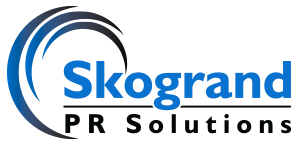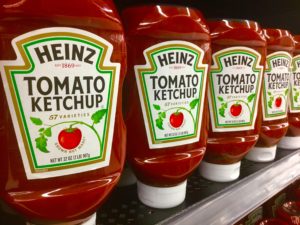A 30-second ad spot in the Super Bowl earlier this month cost approximately $5 million. According to Nielsen Media Research, this number has gone up almost every year since 1995 (with the exception of 2009). Despite this ridiculous cost, companies and organizations have been more than willing to shell out the cash to buy an ad spot. Part of their reasoning is that in the last four years, viewership has not dropped below 110 million people. Reaching that number of people provides huge exposure for companies that wish to take advantage of it and get their brand out there.
This year, however, Heinz broke from the typical mold and decided that they’ve had enough of the pressure and fanfare surrounding Super Bowl advertisements. Instead of running a $5 million 30-second ad, Heinz took a more PR-centric approach and gave their employees a day off. On Feb. 6, 2017, the day after the Super Bowl, all of Heinz’ U.S. office employees got the day off.
Along with this, Heinz launched a campaign to get people to sign a petition that would make the day after Super Bowl Sunday a national holiday, which they have named “Smunday.” They have promised to send the petition to Congress if it reaches at least 100,000 signatures.
In addition to a two-minute long video featuring a man dressed as a Heinz ketchup bottle explaining the campaign, the company released a statement attempting to back up and justify their “Smunday” idea. Heinz cited research that said on the Monday following the Super Bowl, “statistics show over 16 million people call in sick or just don’t show up to work,” and those who do show up are so unproductive “that the country loses on average around $1 billion” on that day alone. They provide compelling evidence and a call to action for people to sign the petition and get others to sign it.
In giving employees the day off, Heinz led their campaign by example. They didn’t just say that people shouldn’t have to work on the day after the Super Bowl; they actively practiced it within their own organization. Heinz’ PR strategy proved to be a bold and unique move in a time when multimillion dollar ad spots are the usual move for large companies. Their campaign garnered a lot of online attention, including likes and shares on social media platforms. Perhaps this is foreshadowing of future Super Bowls, where other companies may follow Heinz’ lead and opt for less expensive but equally effective public relations tactics as opposed to advertisements that break the bank.

